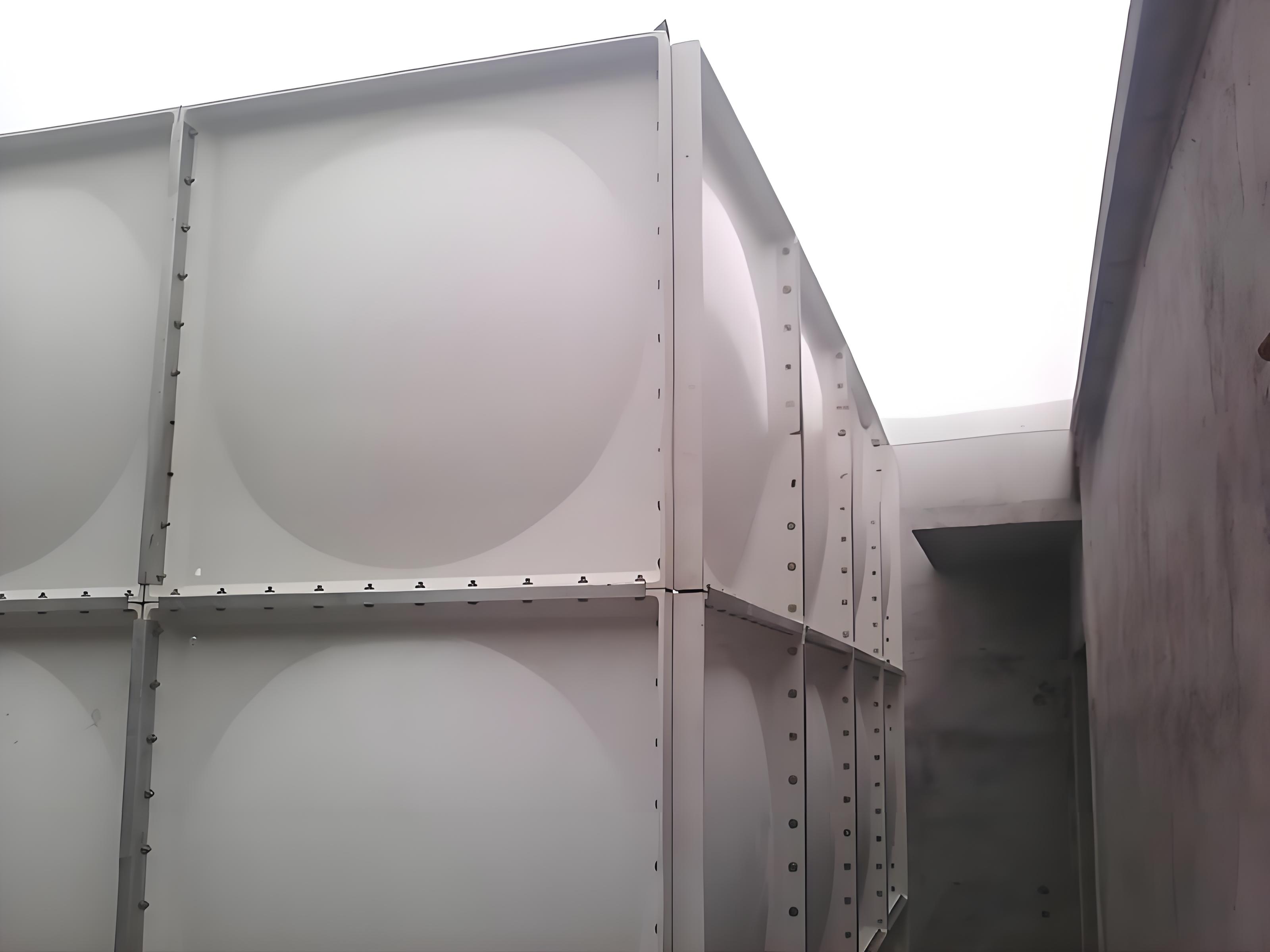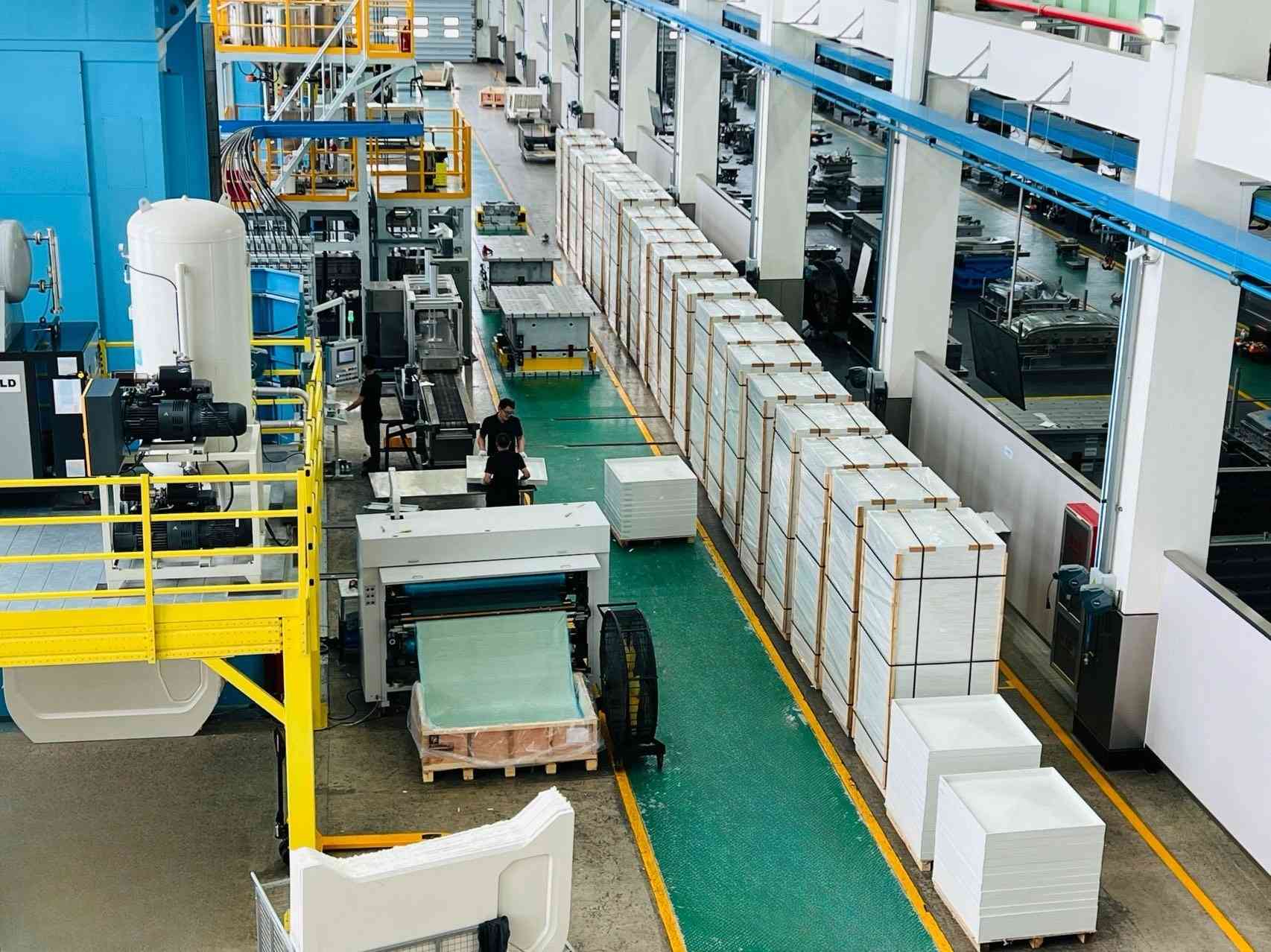Glass Reinforced Plastic (GRP) tanks are increasingly becoming the preferred choice for a wide range of applications due to their durability, corrosion resistance, and versatility. Among the various configurations, the GRP square shape tank stands out for its efficient use of space and structural integrity. This article delves into the features, benefits, manufacturing process, and applications of GRP square shape tanks, providing a comprehensive guide for businesses and industries considering this advanced storage solution.
GRP, also known as fiberglass, is composed of high-strength glass fibers embedded in a resin matrix. This combination results in a material that is lightweight yet exceptionally strong and resistant to environmental factors. The square shape tank leverages these properties to offer a robust and reliable storage solution.
The square shape design of GRP tanks maximizes internal volume while minimizing the footprint, making them ideal for spaces where efficient use of space is crucial. The inherent rigidity of GRP ensures that the tanks can withstand significant internal and external pressures without deforming.
One of the standout features of GRP tanks is their resistance to corrosion. Unlike metal tanks, GRP tanks do not rust or corrode when exposed to chemicals, seawater, or harsh environmental conditions. This makes them particularly suitable for storing aggressive chemicals and potable water.
GRP tanks provide excellent thermal insulation, maintaining the temperature of the stored contents over extended periods. This is particularly beneficial for industries where temperature control is essential.

GRP tanks are renowned for their long service life. They require minimal maintenance and can last for decades without significant wear and tear. This durability translates to cost savings over time, as there are fewer repair and replacement expenses.
Despite their strength, GRP tanks are lightweight compared to their metal counterparts. This reduces transportation and installation costs and makes handling and positioning the tanks easier.
GRP square shape tanks can be customized to meet specific requirements, including size, capacity, and fittings. This versatility allows them to be used in various industries, from water treatment and chemical storage to food processing and agriculture.
GRP is an environmentally friendly material. It is non-toxic and does not leach harmful substances into the stored contents. Additionally, GRP tanks can be recycled, reducing their environmental impact.
The manufacturing process begins with the design phase, where the specifications of the tank are defined. A mold is then prepared based on the design. The mold is typically made from materials like steel or fiberglass.
The mold is coated with a release agent to prevent the GRP from sticking. Layers of glass fiber mats or woven roving are applied to the mold. Resin is then applied to these layers, usually using a spray gun or brush, to saturate the fibers. This process is repeated to build up the required thickness.
Once the layers are in place, the tank is allowed to cure. Curing can be accelerated using heat or UV light. After curing, the tank is removed from the mold and undergoes finishing processes such as trimming, sanding, and inspection to ensure it meets quality standards.
For tanks that require additional features like fittings, nozzles, or manholes, these components are installed in the final assembly stage. The tank is then tested for structural integrity and leak-proof performance before being delivered to the customer.

GRP square shape tanks are widely used for storing potable and non-potable water. Their resistance to corrosion and excellent thermal insulation properties make them ideal for this application. They are commonly found in residential complexes, commercial buildings, and municipal water systems.
Industries dealing with aggressive chemicals, such as pharmaceuticals, petrochemicals, and manufacturing, benefit from GRP tanks' chemical resistance. These tanks can safely store acids, alkalis, solvents, and other corrosive substances.
The food and beverage industry uses GRP tanks for storing ingredients, water, and finished products. The tanks' non-toxic nature ensures that the stored contents remain uncontaminated, maintaining product quality and safety.
Farmers and agricultural businesses use GRP square shape tanks for storing water, fertilizers, pesticides, and animal feed. The tanks' durability and ease of installation make them suitable for the demanding conditions in agricultural settings.
GRP tanks are also used in waste management systems for storing and treating wastewater and sewage. Their corrosion resistance ensures a long lifespan even in harsh environments.
The GRP square shape tank is a versatile, durable, and cost-effective solution for a wide range of storage needs. Its unique combination of strength, corrosion resistance, and customization options make it an ideal choice for industries across the board. By understanding the features, benefits, manufacturing process, and applications of GRP square shape tanks, businesses can make informed decisions to optimize their storage solutions.
Whether for water storage, chemical containment, or food processing, the GRP square shape tank offers a reliable and efficient option that meets the demands of modern industry. With ongoing advancements in materials and manufacturing techniques, the future of GRP tanks looks promising, providing even greater performance and sustainability.
Experience the brand Trusted by Renowned Companies across the GLOBE.

Pipeco stands at the forefront of the market, recognized as a premier manufacturer, supplier, and exporter specializing in top-tier GRP water tanks, stainless steel water tanks, and SMC manhole covers, FRP Water Tank, Fiberglass Tank, SMC Water Tank committed to delivering unparalleled quality and excellence.